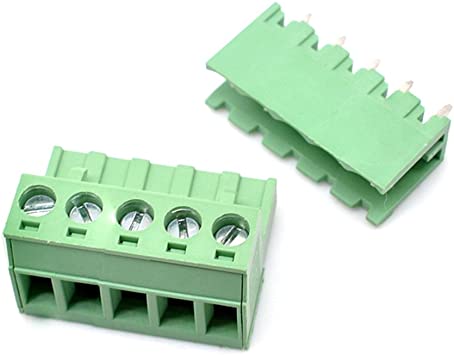- Home
- About
- Products
- Product Testing
- Application
- Services
- Information
- Contact
Views: 2354 Author: Site Editor Publish Time: 2021-04-04 Origin: Site

MATERIAL FOR MAKING TERMINALS
The terminal is designed to facilitate the connection of the wire, it is actually a piece of metal inside the insulation plastic, its two ends can be inserted into the wire. When studying the quality of terminals, manufacturers will consider the various environments in which the terminals work. When designing the terminals, the producer will take into account the quality of the materials of the terminals, including metal materials and shell materials. These materials can directly affect the quality of the terminals, so this is a problem that researchers must consider.
The main metal parts of the terminal are conductive strips, screws and fasteners, and the most important parameter is the copper content of the conductive strips. The copper content in conductive strips is at least 58% according to the GB2099 and GB16915 standards. Copper has good processing characteristics and high corrosion resistance, in addition, copper has excellent electrical conductivity, second only to silver. Therefore, copper is especially suitable for making the connection parts used to form electrical machinery such as terminals. There is almost the same coefficient of thermal expansion between copper metal parts and copper conductors, which can avoid different degrees of thermal expansion between wires and metal parts. Therefore, using copper to make the parts of the terminal can avoid the mechanical stress generated in the terminal, and avoid the resulting loose connection. The material for making screws and fasteners is generally copper alloy or steel with rust-proof plating. For screws and fasteners, the most important parameters are corrosion resistance and mechanical strength. Generally, the surface of steel parts need to be electroplated with nickel, which can play a certain anti-corrosion role. The electroplated steel parts and copper wires do not react chemically, making the connection stronger.
As with the metal parts, the requirement of the insulation shell of the terminal is also very high, most of the insulation shell is made of plastic material such as PA66、PC、PP. No matter which material, the shell should meet the corresponding requirements of flame retardant grade, heat resistance, environmental performance, insulation and mechanical strength. The common material for making shell is PA66, its pressure strength is up to 600kV/cm, and it can work continuously at 100°C temperature, can withstand 200°C of high temperature in a short time, and its melting point is 250°C. In addition, PA66 can remain elastic at a low temperature of minus 40°C. The surface of PA66 is not suitable for all kinds of microbial to grow, so it can resist the erosion of bacteria, mold and ants. Gasoline, lipids, fats and aromatic compounds, chlorides, esters, ketones and alcohol can not erode the material.
PC is a very common material besides PA66. PC set a number of advantages in one, such as high hardness, good impact toughness, transparency, dimensional stability, good insulation, and good thermal stability. This amorphous material absorbs only a very small amount of moisture and is therefore used to make large, stable-shaped electronic component shells.